Posted on 1/4/13 by Courtney Smith
In my previous bone post, I talked about how much I loved the sphenoid and its Batman symbol-esque shape. That still holds true. Coming in at a close second is the ethmoid. Once, someone asked me to describe the shape of the ethmoid bone, and the only thing I could come up with was "hot mess." Look at it—how else would you describe it?
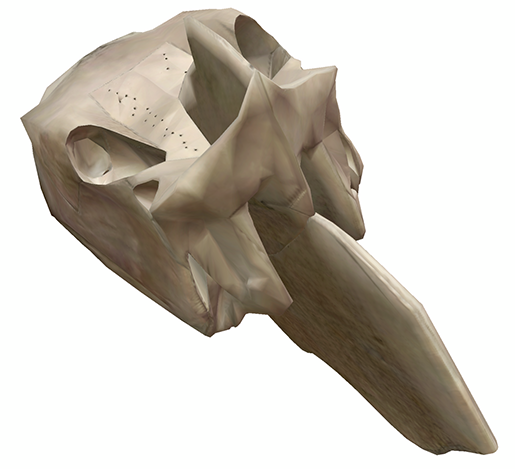 Image captured from Human Anatomy Atlas.
Image captured from Human Anatomy Atlas.
The ethmoid (sphenoid, ethmoid—brain bone names are so cool) is an interesting little bone with some very important functions. Let's take a look!
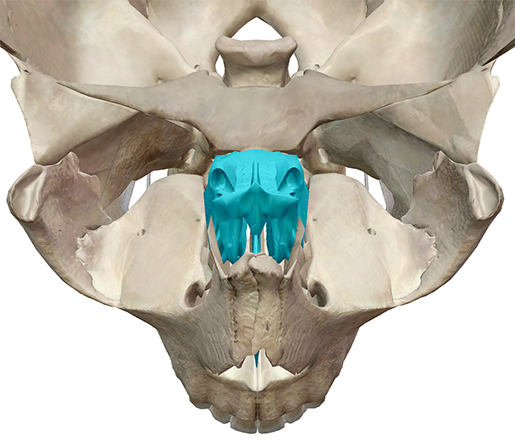 Image captured from Human Anatomy Atlas.
Image captured from Human Anatomy Atlas.
Talk about being the belle of the ball! The ethmoid articulates with more than half of the bones in the skull: the frontal bone, sphenoid bone, nasal bones, maxillae, lacrimal bones, palatine bones, inferior conchae, and the vomer.
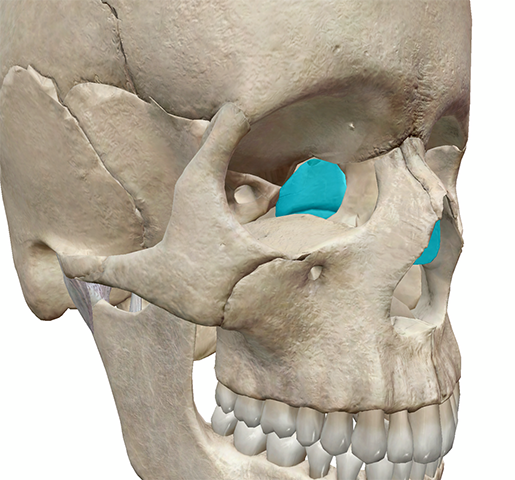 Image captured from Human Anatomy Atlas.
Image captured from Human Anatomy Atlas.
It's pretty much impossible to feel where the ethmoid is in the skull; it sits at the roof of the nose and helps form the inner portions of the orbits (eye sockets). The middle conchae, located beneath the cribiform plate, form part of the lateral walls of the nasal cavities. The orbital plates help form the interior of the orbits.
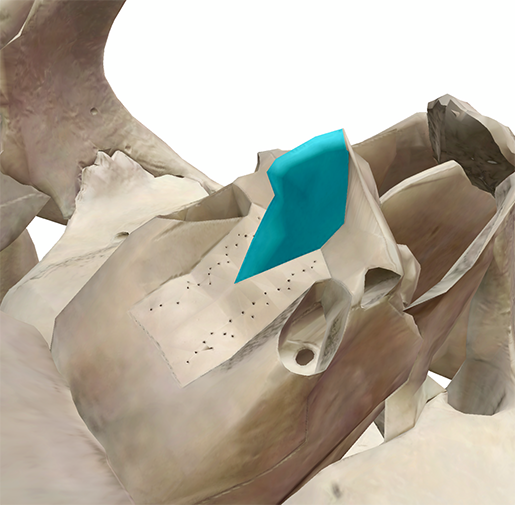 Image captured from Human Anatomy Atlas.
Image captured from Human Anatomy Atlas.
At the top of the ethmoid is a long, thin triangular process called the crista galli. This projection of bone serves as the attachment site of the falx cerebri. The falx cerebri is the larger of the two folds of dura mater separating the two hemispheres of the brain that lies between the cerebral hemispheres and contains the sagittal sinuses.
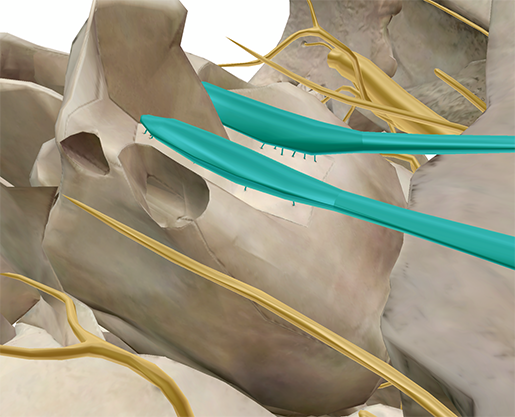 Image captured from Human Anatomy Atlas.
Image captured from Human Anatomy Atlas.
The olfactory bulb, which transmits smell information to the brain, rests on top of and is protected by the cribiform plate. As you can see in the picture, the plate is perforated by numerous foramina, which give passage to the branches of the olfactory nerves.
(Look at that awesome close-up of the nerve branches! We're pulling out all the stops.)
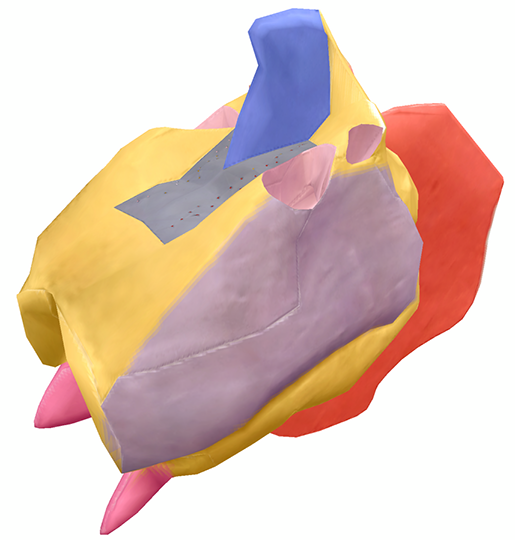 Image captured from Human Anatomy Atlas.
Image captured from Human Anatomy Atlas.
The labyrinths of the ethmoid contain several ethmoidal sinuses. These sinuses are composed of air cells that receive sensory information from the ethmoidal nerves. The sinuses drain into the nasal meatuses.
| Did you know? The ethmoid is an irregular bone. Check out the Learn Site to learn more about the five types of bones in the human body! |
Be sure to subscribe to the Visible Body Blog for more anatomy awesomeness!
Are you an instructor? We have award-winning 3D products and resources for your anatomy and physiology course! Learn more here.
Additional Sources:
When you select "Subscribe" you will start receiving our email newsletter. Use the links at the bottom of any email to manage the type of emails you receive or to unsubscribe. See our privacy policy for additional details.
©2024 Visible Body. All Rights Reserved.